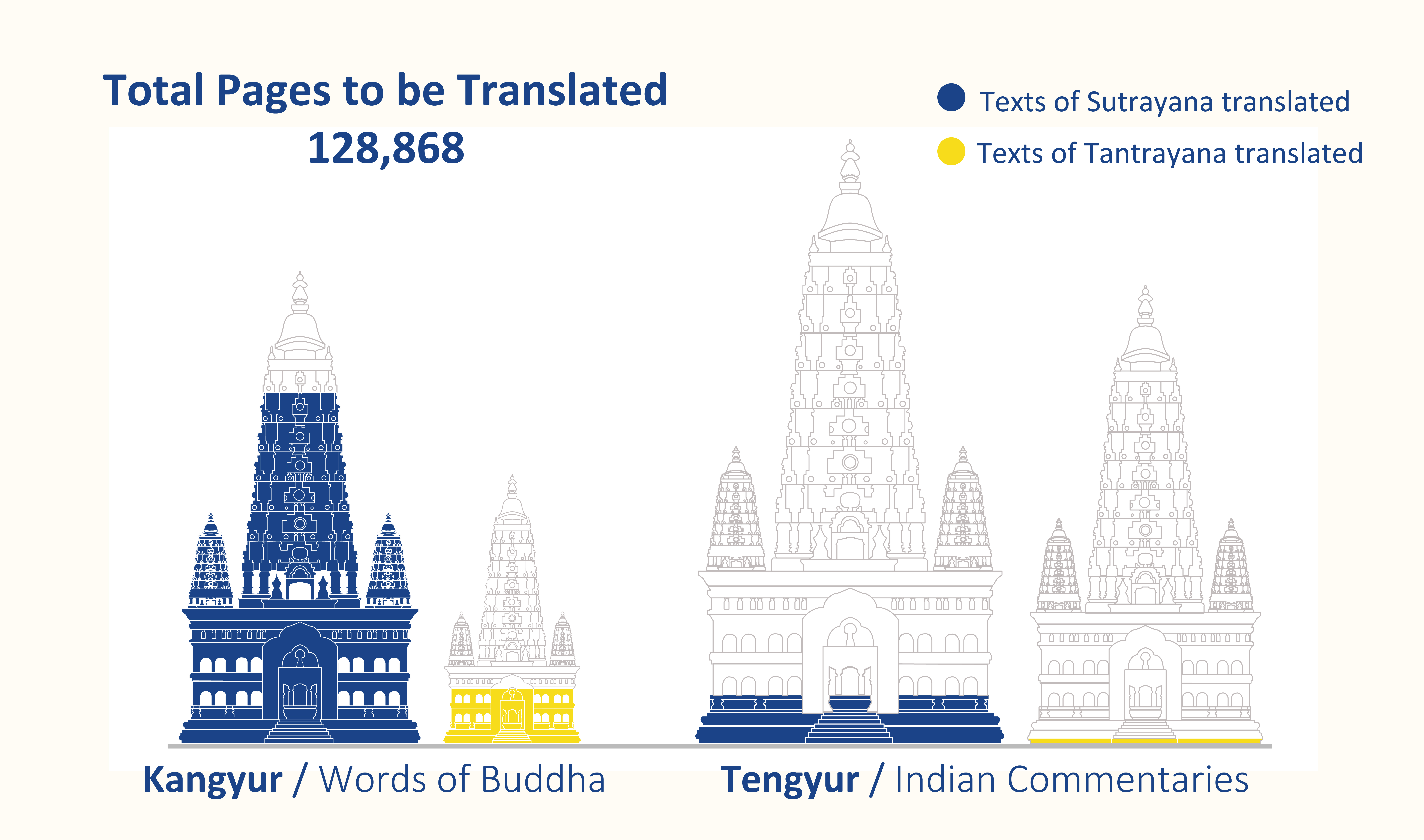Passing the Torch: Kumarajiva is Training the Future Chinese Translators
"The Buddhism that exists in the Chinese language is very important. It's the source of the fire. When we are trying to keep this source alive, we know we can make more fire from here. So that is the sort of motivation we must have to keep this fire alive."
.....Dzongsar Khyentse Rinpoche talks about the importance of the Kumarajiva Project.
The Kumarajiva Project has developed an intensive training course for training the future Chinese translators of the Buddhist texts, which is custom-made for potential translators of the project. The program includes training in Tibetan and Chinese languages, translation principles and theories, and Buddhist philosophy.
About The Kumarajiva Project
Khyentse Foundation recently launched the Kumarajiva Project, a momentous effort to translate canonical Buddhist texts from Tibetan into Chinese. Buddhism is often described as a “religion of translation.” Indeed the Buddha himself encouraged his followers to widely translate the Buddhadharma into other languages, which helped fuel the transmission of the religion throughout Asia. Chinese Buddhism would not have developed were it not for the 800 years of translation from the mid second through ninth centuries. Translation is also crucial to Buddhism in that, the vitality of the tradition is periodically reinvigorated by the influx of additional scriptures. In this spirit, the Kumarajiva Project will train and employ a new generation of Buddhist translators in order to make freely available dozens of canonical scriptures from India that were not translated into Chinese during earlier eras.
The Primary Goal of the Kumarajiva Project
The Kumarajiva Project aims to complete the translation of the Tibetan Buddhist canon, both the Kangyur and Tengyur, into Chinese within 60 years. The complete Kangyur and Tengyur will then be preserved and made available in Chinese.
According to the results of our study, there are 3,636 texts yet to be translated into Chinese. In the Kangyur, 7% (101 texts, 3,602 pages) of the sutras and 65% (380 texts, 10,460 pages) of the Buddhist tantras do not have Chinese translations. In the Tengyur, 86% (565 texts, 69,266 pages) of important Indian scriptural commentaries and 98% (2,590 texts, 45,540 pages) of tantric commentaries have not yet been translated into Chinese.
We invite people who share the same aspiration to join us in supporting this remarkable translation project.



